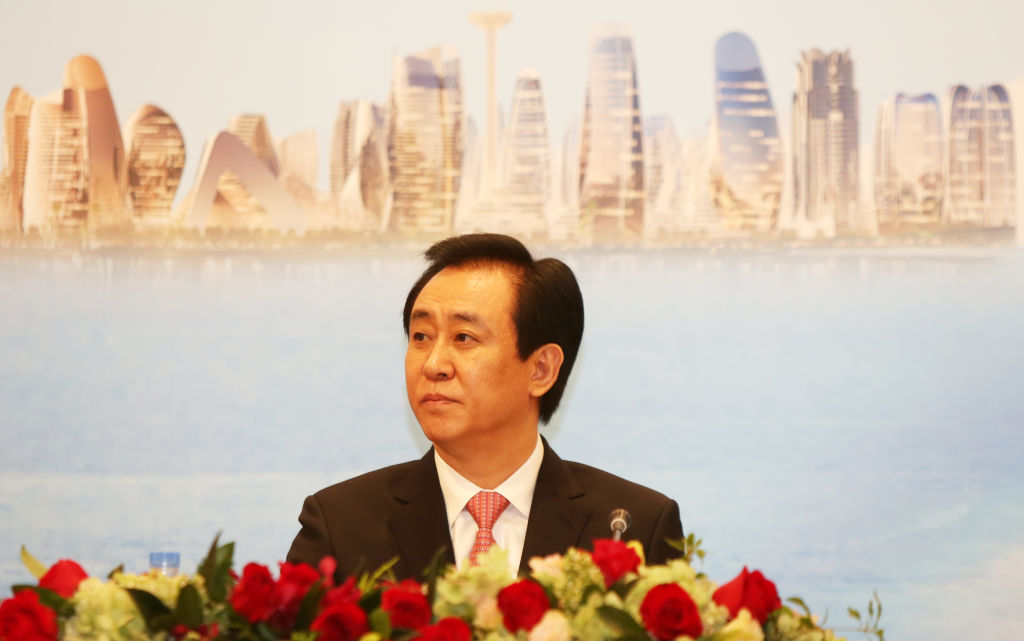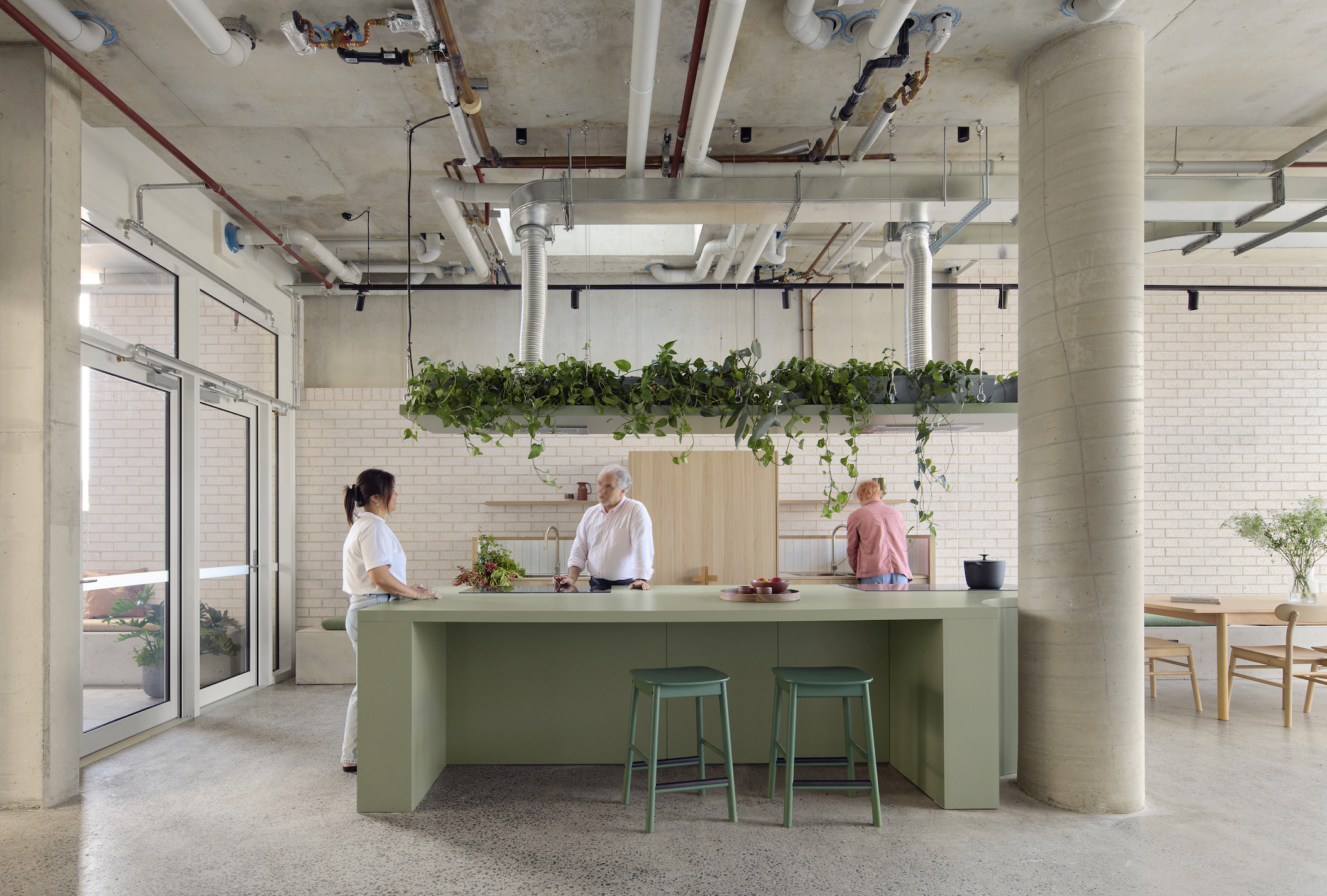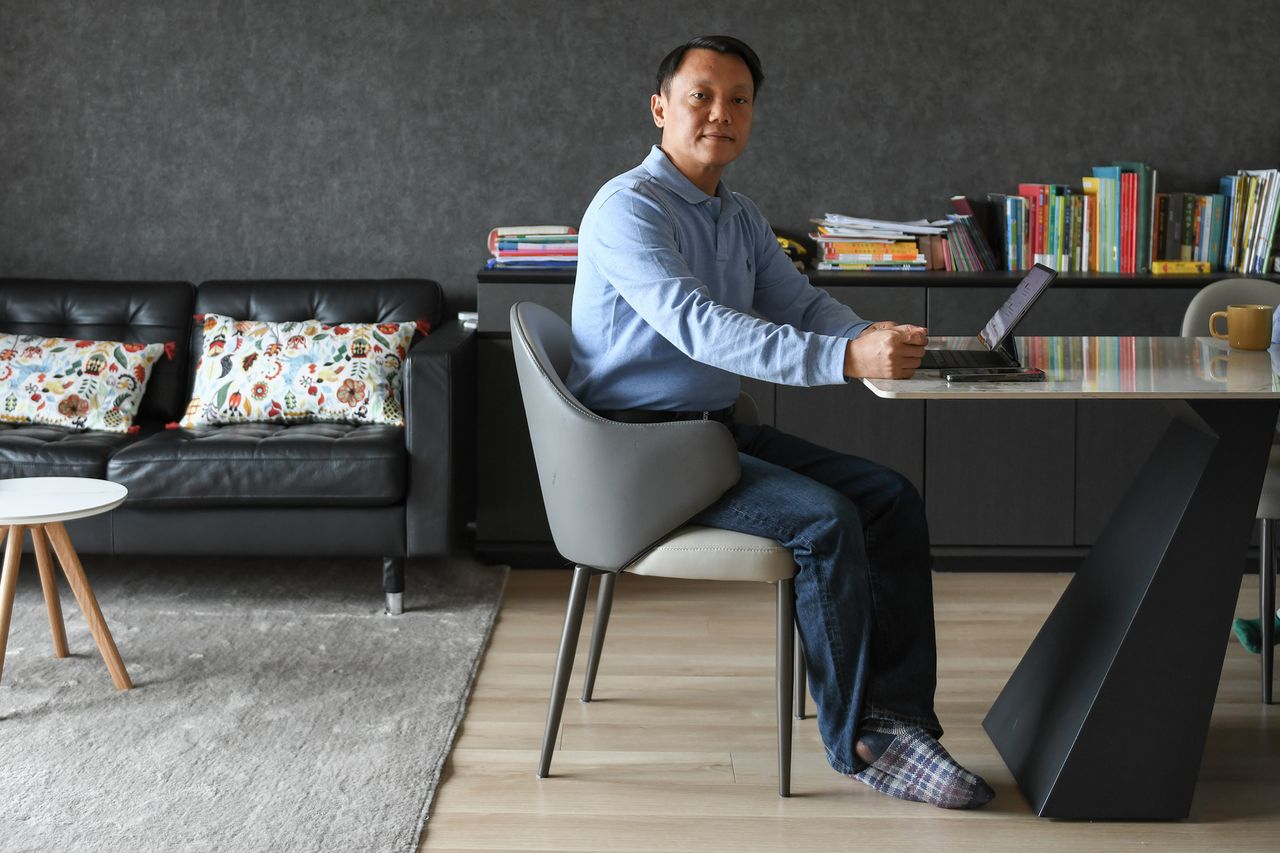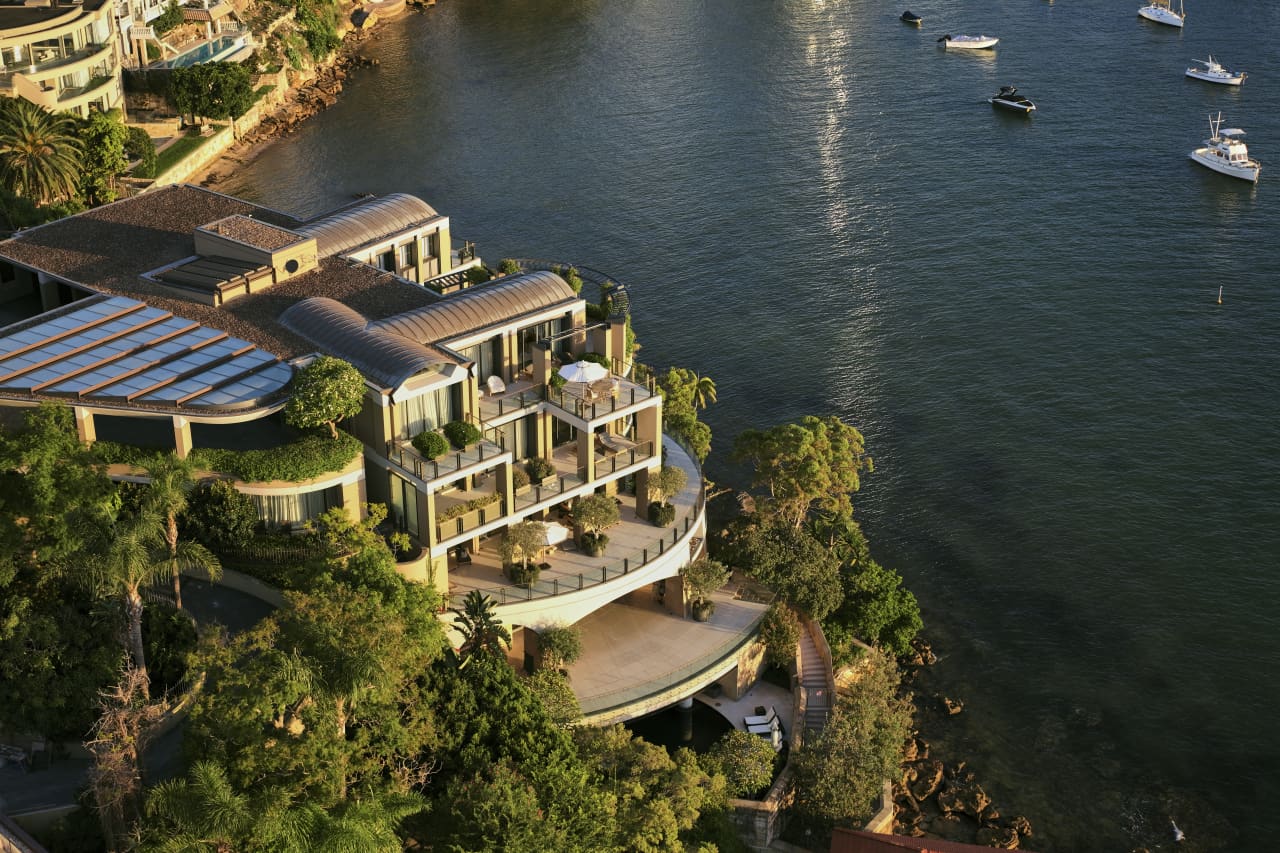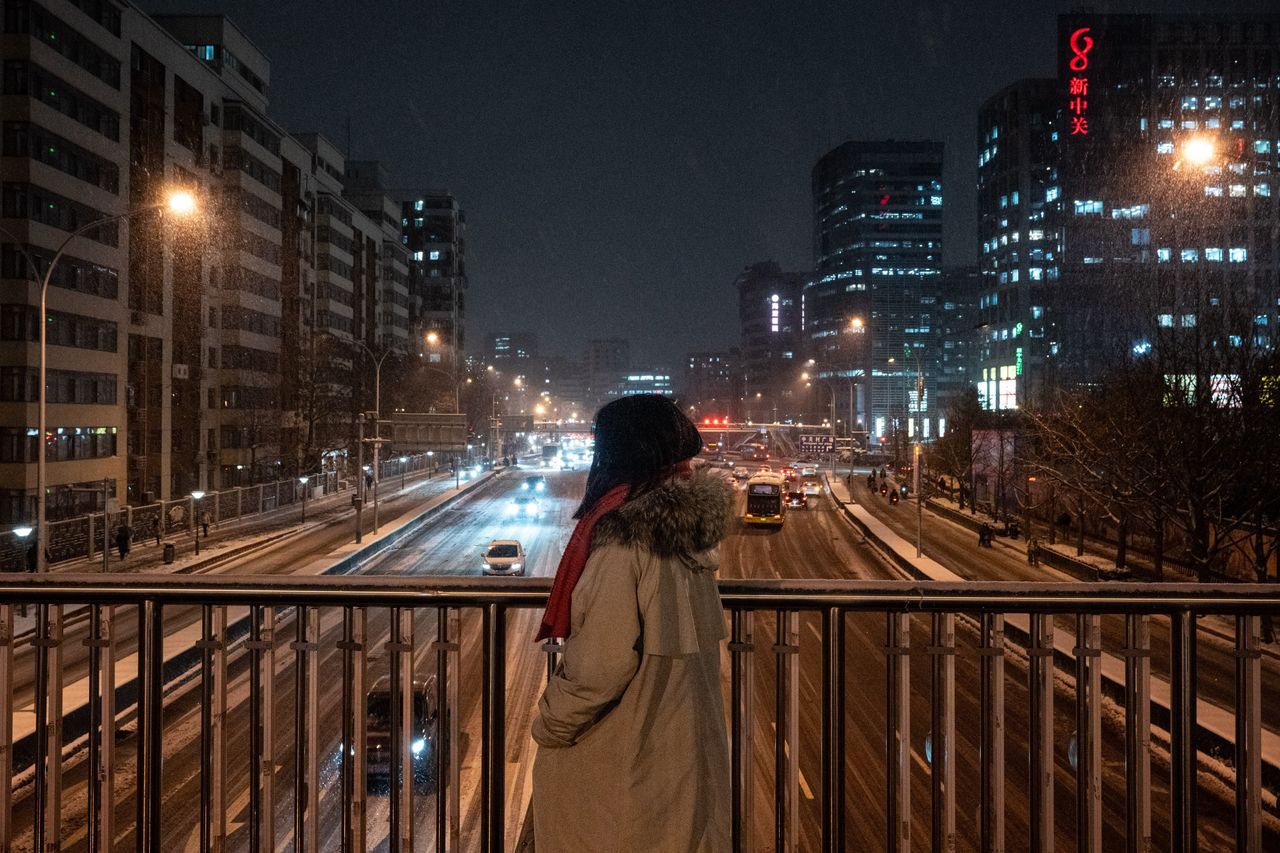The Endless Cleanup at China’s Most Indebted Property Developer
China Evergrande Group feels the heat again as plans to reduce leverage rapidly.
Dogs bark, horses neigh, and investors worry about the financial health of China’s most leveraged property developer. The pattern is almost uncannily routine, but the latest drama at China Evergrande Group still bears watching.
The most recent wobble relates to the company’s relationship with Shengjing Bank, a regional lender in which it began buying a stake five years ago. Mainland Chinese media reports suggested that regulators are examining the bank’s transactions with Evergrande. Last week Chinese regulators warned that some small and midsize banks had exploited restrained property lending by their larger peers to expand their own exposure.
The company said on Monday that its financial links with Shengjing Bank were legally sound. Last week, Evergrande Chairman Hui Ka Yan promised to get on the good side of one of the government’s three red lines for property-developer leverage by the end of the month, doubling down on plans in the company’s last annual report.
Markets don’t seem entirely convinced that all is fine. On Friday, the yield on Evergrande’s dollar bonds maturing in March next year reached 19.8%. That is not anything like the near-30% levels of September last year, during the last panic about the company’s financial future, but it is up by more than 10 percentage points in the past two weeks.
For investors, Evergrande has been both a dream and a nightmare. The company’s stock is borderline uninvestable for bulls and bears alike, swayed regularly by buybacks and highly concentrated ownership. But its bonds, perpetually priced as if the company is at serious risk of collapse, have been enormously profitable for iron-stomached believers in the company’s political nous.
That doesn’t mean its frenetic business model won’t catch up with it eventually. Paying down some of its mountain of debt sounds like a good idea. So why hasn’t Evergrande done it before? The simple answer is that the company’s business model requires relentless growth and constant financing. Its compound revenue growth rate over the past decade is around 35% a year, outstripping that of U.S. tech giants like Apple and Amazon.
Paying off its debts is not a matter of simply trying harder; it needs to find money to do so. The most obvious route is to lean on less organized creditors instead of banks and bond investors. At the end of 2020, the company had over 1 trillion yuan (A$201 billion) in trade payables and contract liabilities, owed to suppliers and home buyers respectively, up almost 20% from a year earlier. The contract liabilities figure is one to watch in particular.
Unless bearish investors think they have some specific political insight that has escaped even the sector’s insiders, there is no point trying to guess which minor crisis might finally deal the company a more serious blow. But just because it can’t be timed, doesn’t mean that the day won’t eventually come.
This stylish family home combines a classic palette and finishes with a flexible floorplan
Just 55 minutes from Sydney, make this your creative getaway located in the majestic Hawkesbury region.
Savvy high net worth players from Australia and Asia are getting on board as the residential landscape shifts
Build-to-rent (BTR) residential property has emerged as one of the key sectors of interest among institutional and private high-net-worth investors across the Asia-Pacific region, according to a new report from CBRE. In a survey of 500 investors, BTR recorded the strongest uptick in interest, particularly among investors targeting value-added strategies to achieve double-digit returns.
CBRE said the residential investment sector is set to attract more capital this year, with investors in Japan, Australia and mainland China the primary markets of focus for BTR development. BTR is different from regular apartment developments because the developer or investor–owner retains the entire building for long-term rental income. Knight Frank forecasts that by 2030, about 55,000 dedicated BTR apartments will have been completed in Australia.
Knight Frank says BTR is a proven model in overseas markets and Australia is now following suit.
“Investors are gravitating toward the residential sector because of the perception that it offers the ability to adjust rental income streams more quickly than other sectors in response to high inflation,” Knight Frank explained in a BTR report published in September 2023.
The report shows Melbourne has the most BTR apartments under construction, followed by Sydney. Most of them are one and two-bedroom apartments. The BTR sector is also growing in Canberra and Perth where land costs less and apartment rental yields are among the highest in the country at 5.1 percent and 6.1 percent, respectively, according to the latest CoreLogic data.
In BTR developments, there is typically a strong lifestyle emphasis to encourage renters to stay as long as possible. Developments often have proactive maintenance programs, concierges, add-on cleaning services for tenants, and amenities such as a gym, pool, yoga room, cinema, communal working spaces and outdoor barbecue and dining areas.
Some blocks allow tenants to switch apartments as their space needs change, many are pet-friendly and some even run social events for residents. However, such amenities and services can result in BTR properties being expensive to rent. Some developers and investors have been given subsidies to reserve a portion of BTR apartments as ‘affordable homes’ for local essential services workers.
Ray White chief economist Nerida Conisbee says Australian BTR is a long way behind the United States, where five percent of the country’s rental supply is owned by large companies. She says BTR is Australia’s “best bet” to raise rental supply amid today’s chronic shortage that has seen vacancy rates drop below 1% nationwide and rents skyrocket 40% over the past four years.
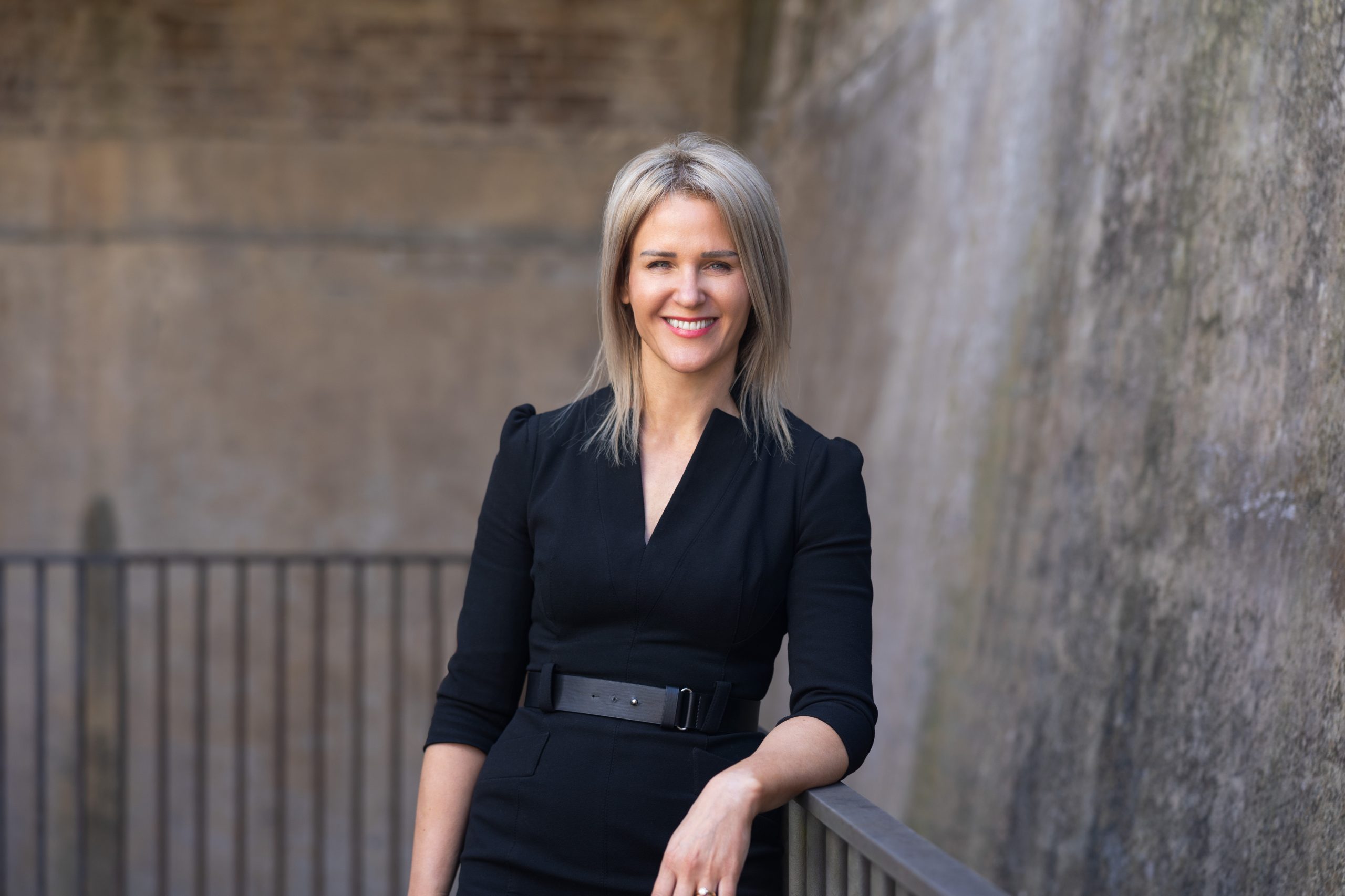
Ms Conisbee says 84 percent of Australian rental homes are owned by private landlords, typically mum and dad investors, and nine percent are owned by governments. “With Australia currently in the midst of a rental crisis, the question of who provides rental properties needs to be considered,” Ms Conisbee said. “We have relied heavily on private landlords for almost all our rental properties but we may not be able to so readily in the future.” She points out that large companies can access and manage debt more easily than private landlords when interest rates are high.
The CBRE report shows that Asia-Pacific investors are also interested in other types of residential properties. These include student accommodation, particularly in high migration markets like Australia, and retirement communities in markets with ageing populations, such as Japan and Korea. Most Asia Pacific investors said they intended to increase or keep their real estate allocations the same this year, with more than 50 percent of Australian respondents intending to invest more.
This stylish family home combines a classic palette and finishes with a flexible floorplan
Just 55 minutes from Sydney, make this your creative getaway located in the majestic Hawkesbury region.









